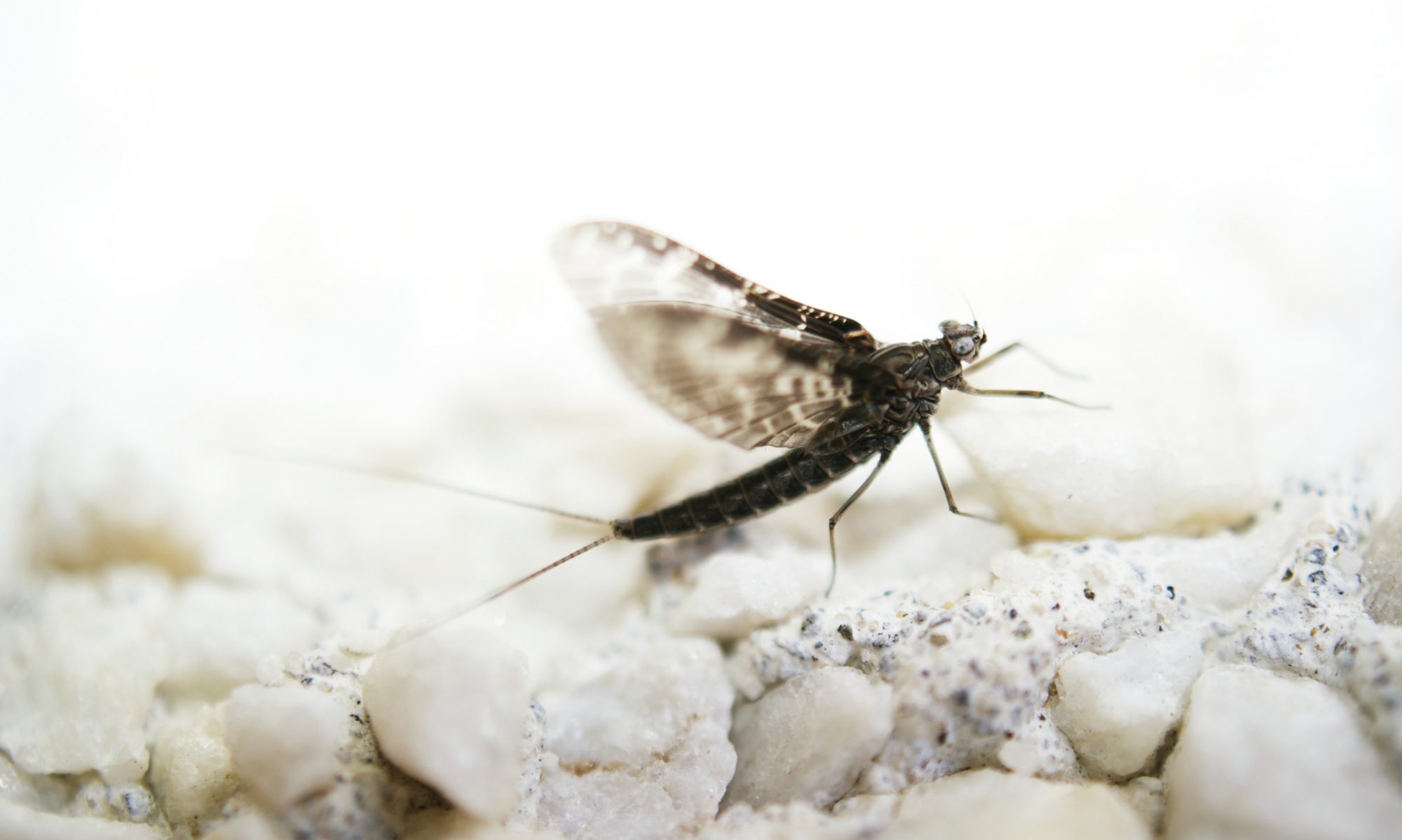The earth covered by its first mantle of snow reminds one that the collecting season is virtually ended, and the lengthening evenings allure one to the study fireside to go carefully over note books and collections and to read the recorded labors of fellow Entomologists.
So begins William Hague Harrington as he recapped his personal entomological observations from the summer of 1881 near to Ottawa, Ontario.
It was this sentence that first caught my eye while I was browsing around the deep back issues of The Canadian Entomologist. Perhaps it was the reference to snow just as the warmest days of the year are beginning. Perhaps is was simply the language that Harrington used. But either way it prompted me to find out more about the entomologist behind these words.
According to his obituary in the June 1918 issue of The Canadian Entomologist, Harrington was born in 1852 in Nova Scotia. After his formal education he worked in the Canadian civil service in various roles until he retired in 1916. He passed away shortly after that, in 1918.
Prior to that, in 1879, he was one of the founders and charter members of the Ottawa Field-Naturalists’ Club, an organization that is still active today and which publishes The Canadian Field-Naturalist. He was secretary-treasurer, secretary, and president of that club at various times. He was also an active member of the Entomological Society of Ontario, and was president of that organization for a couple of years. His obituary lists close to 50 articles published in The Canadian Entomologist and more than 50 published elsewhere. The article topics range widely with, as his obituary notes, a substantial focus on Coleoptera and Hymenoptera.
Besides – and I’d argue more important than – his scientific accomplishments, he was described as:
(q)uiet in nature and unassuming, even retiring at times, Harrington was held in high regard by all who knew him.
Reading his summary of his 1881 field notes I think that we can see hints of both his “quiet nature” and his expertise as a natural historian. The notes are both contemplative and full of useful information.
His discussion begins with collections of “mud-wasps” – I am guessing that he was referring to the black and yellow mud-dauber Sceliphron caementarium, although he calls them Polestes annulatus – on 15 March 1881. These he describes as collecting nest material from the “pulverized macadam” of the streets of Ottawa and building nests on the side of the Parliament buildings.
He goes on to discuss various butterflies, the full onslaught of mosquitoes around 24 April, and an early emergence of some buptrestid beetles. Other spring-emerging, conifer-feeding species that year included Pissodes spp. weevils and sawflies.
Harrington’s attention to detail is present throughout this short essay. Take, for instance, his discussion of fireflies:
During May the curious larvae of certain Lampyridae were often seen in damp woods, crawling on the trunks of trees, such as cedar, or affixed by the tail to the bark, undergoing their metamorphoses in a similar manner to the larvae of the Coccinellidae. Some reared at home emerged as Photinus angulatus [Note: although this species name appears commonly in the literature of the time, I am not sure of the current taxonomy]. The larvae, and to a less degree, the pupae, emitted a strong greenish glow from two of the posterior segments; the imago being, of course, one of our common “fire flies.” Some of the larvae were thickly covered beneath with small ticks, of a bright vermilion color, which had their pointed heads plunged between the armored segments of the larvae. They were not dislodged, but walked rapidly when free. By these little parasites the larva were so weakened as to perish before completing their transformation.
During the spring he also took two trips – one to Wakefield Cave (here, I assume) with some friends, and one with the Ottawa Field-Naturalist’s Club to Montebello. On both trips he successfully collected a large number of insects, including a number of tiger beetles.
After that he states that “my opportunities for collecting were few, and my notes correspondingly scanty.” As for all of us, life’s necessities and other urgent (and less-urgent) issues often take precedence. Harrington finishes off his compilation mentioning early-October collections a few specimens of a cotton moth that seemed to be a seasonal and accidental invader of Canada.
A couple of things struck me about this compilation of notes. First, the fact that Harrington obviously took the time to take good field notes and then to publish them in this summarized form is wonderful. Not only is it a record of what he did and saw in 1881, but it provides some interesting information that others may be able to follow up on over 125 years later. His attention to detail and drive to get the information out to the public in curated and archived form is a great example to follow. These days a scientific paper is the usual, highly distilled, production of field and lab notes. Should we be thinking more about how to regularly compile our field and lab notes in this way as well? Would such information be useful to future generations of biologists? Are there curated and archived venues that would take such compilations today? I can’t think of any, but I’d love to be informed if there are.
And second, for all of the current discussion of “citizen science,” it is obvious that citizen science has been alive and well for decades, if not centuries. Harrington was not what most would consider to be a “scientist” today. But he most definitely was just exactly that. The current push towards large- and small-scale, often online, citizen science initiatives simply picks up a baton that has been passed along through multiple generations. Much of the science done in previous generations was done by people exactly like Harrington – lay citizens with a deep interest in the natural world around them. In other words, new times require new methods, but not a new spirit of fascination. Fascination is always present.
So, a big thanks to William Hague Harrington for his contributions and his foresight and care to ensure that his observations are still here for us to read about and learn from.

